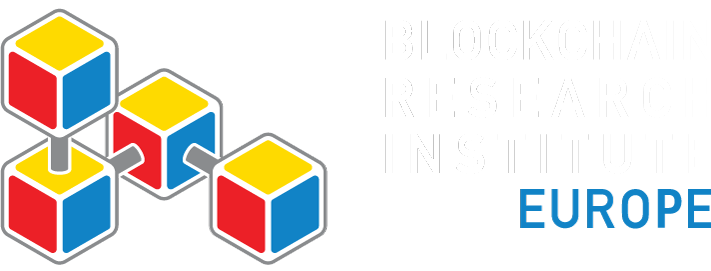Token Taxonomy: The Need for Open-Source Standards Around Digital Assets
Report Overview
Author: Don Tapscott
Release Date: February 19, 2020
Abstract:
This project underscores the importance of standards and governance of token innovation in managing digital assets. It takes an in-depth look at the Token Taxonomy Initiative, a new open standards effort championed by a who’s who of enterprise blockchain, from Accenture and Enterprise Ethereum Alliance to Microsoft and Web3 Labs. Its members have taken a first-principles blockchain-agnostic approach to developing a Token Taxonomy Framework, which is expected to help unify our understanding of the token economy without sacrificing the decentralization that makes it so powerful. It starts with token types and progresses to token properties, with a goal of helping anyone—technologist, businessperson, or regulator—to have productive conversations and make critical decisions on token projects.
